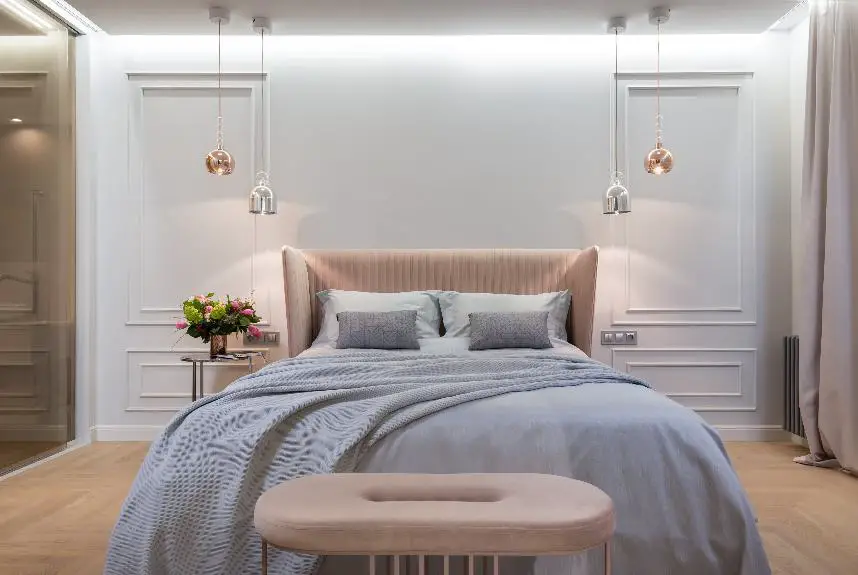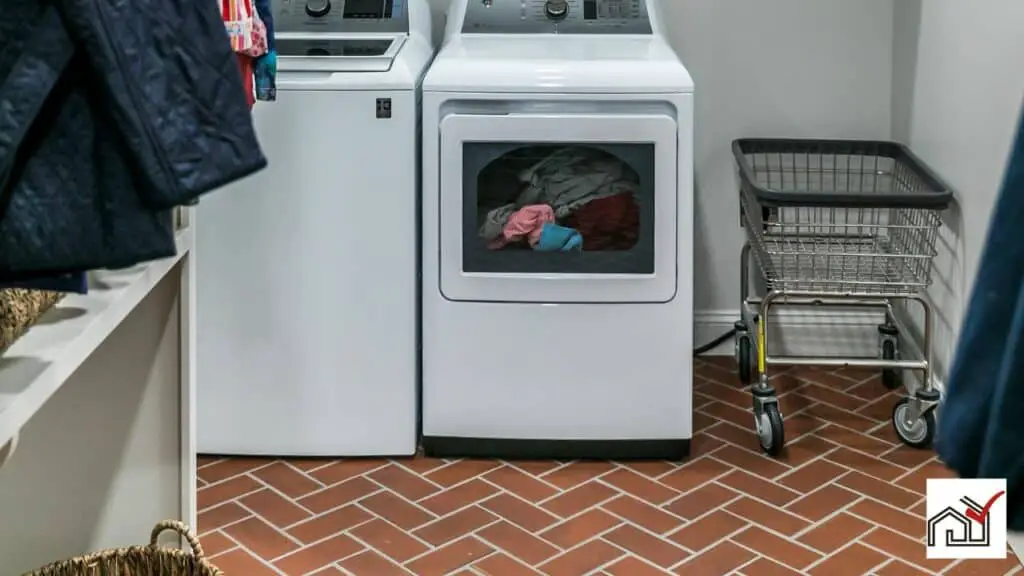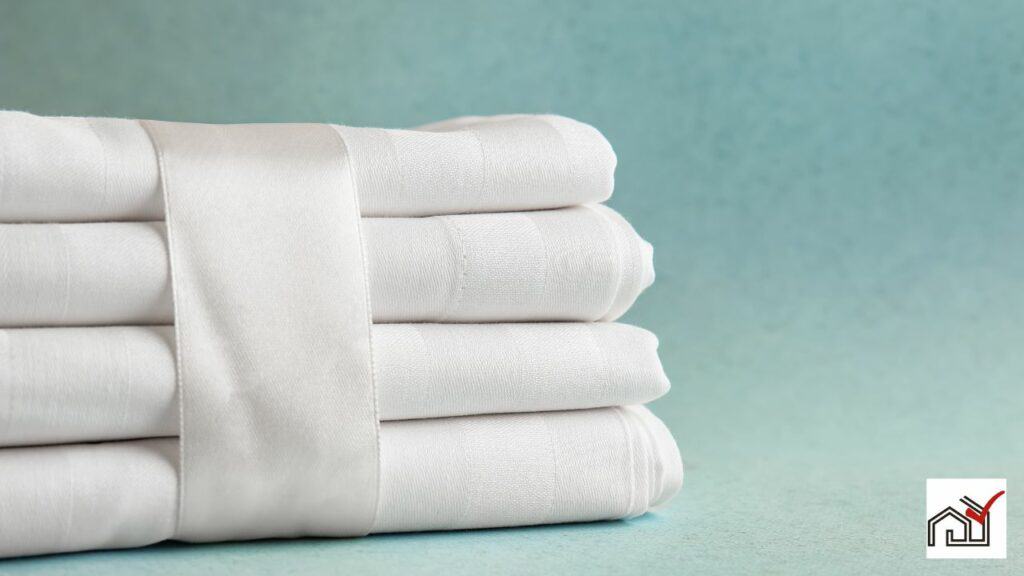To prevent a mattress from sliding on an adjustable bed, there are a few different methods you can use. One option is to use non-slip pads, which can be placed between the mattress and the bed base to increase friction and keep the mattress in place. Another option is to use Velcro strips, which can be attached to both the mattress and the bed base to create a secure connection. Rubber matting is also a good option, as it provides a non-slip surface that can help keep the mattress in place. Adhesive tape can also be used to increase friction between the mattress and bed base.
If you're looking for a more permanent solution, you might consider installing mattress retainer bars or bed railings. These can be attached to the bed base and physically hold the mattress in place. This can be especially helpful if you have a particularly heavy mattress or if you frequently adjust the position of your bed.
When choosing a method to prevent mattress sliding, it's important to consider the effectiveness of the solution, as well as the ease of installation and compatibility with your specific bed type. Some methods may work better for certain types of beds, so it's important to do your research and choose the option that will work best for you.
Understanding Mattress Movement
Mattress movement on adjustable beds can be caused by various factors including the age of the mattress, incorrect size, issues with the bed's support structure, lack of edge support, and low surface friction. Over time, body oils and sweat can reduce the friction between the mattress and bed frame, increasing the chance of slipping, especially with the variable positions of an adjustable bed.
A mattress that doesn't match the bed base size can move around more and potentially slide off. The stability of the mattress also depends on the bed frame or slats; if these are uneven or too far apart, the mattress won't be stable.
Without a railing or edge support on the bed frame, there is nothing to contain the mattress, allowing it to shift more easily. Solutions to these problems include installing a mattress retainer bar at the end of the bed, using non-slip pads, rubber grippers, or velcro strips between the mattress and bed base to improve grip.
Non-Slip Mattress Pads
Non-slip mattress pads are designed to keep a mattress in place on an adjustable bed. They provide a stable surface by increasing friction between the mattress and the bed frame or box spring. These pads typically contain materials such as rubber to enhance grip and may also offer additional cushioning for comfort.
With adjustable beds, mattresses are more prone to movement due to the bed's shifting angles. A non-slip pad effectively anchors the mattress, reducing the likelihood of it slipping off the frame or slats.
Some bed frames include Velcro strips that attach to corresponding strips on the mattress or pad to secure the mattress further. This feature enhances the grip and stability of the sleeping surface.
Velcro Tape Solutions
Velcro tape can be used to prevent a mattress from moving on an adjustable bed. Attach adhesive Velcro strips to the edges of the mattress and bed frame, focusing on the head and foot of the bed where slipping is most likely. These strips create friction to keep the mattress in place during adjustments and sleep.
Using Velcro tape can improve sleep quality by preventing the mattress from shifting, which can cause disruption or discomfort. The hook-and-loop design provides a strong hold yet can be detached or repositioned if necessary.
However, Velcro tape may not be suitable for all mattress types, such as memory foam, which the adhesive could damage. In such cases, consider alternative methods like grip pads. For many other mattresses, Velcro tape offers an effective solution for maintaining a stable sleeping surface.
Installing Bed Railings
Bed railings enhance stability on an adjustable bed by preventing the mattress from moving. These railings provide a barrier that keeps the mattress in place. Installing bed railings is a simple task requiring basic tools. Most railings are designed to fit existing bed frames easily. A common railing type, the mattress retainer bar, is attached to the bed frame's foot to stop the mattress from sliding when adjusting the bed's position.
Adding a bed railing not only stabilizes the mattress but also improves safety and comfort during sleep. It is especially beneficial for those who need to change their sleeping position frequently or have limited mobility. Installing bed railings is a practical way to improve sleep quality and prevent mattress movement-related accidents or injuries.
Mattress Retainer Bars
Mattress retainer bars improve stability by anchoring the mattress to the adjustable bed frame, preventing it from sliding. They are essential for keeping the mattress aligned with the bed frame, especially for beds without rails.
These bars are important for both comfort and safety, as they prevent the mattress from moving unexpectedly, reducing the risk of accidents or injuries, particularly for individuals who move frequently in their sleep or when adjusting the bed's position.
The bars are designed with grippers that increase friction between the mattress and the bed frame, providing extra resistance to movement. This securement helps ensure uninterrupted sleep and can extend the life of the mattress and bed.
Additional Tips and Tricks
Regularly vacuum the mattress and bed frame to remove dust and improve grip, preventing mattress displacement. Placing a rubber rug pad between the mattress and frame can also increase resistance and reduce movement.
For foam mattresses, which tend to shift more, consider using mattress pads or fitted covers with a non-slip bottom. These can keep the mattress stable and are a subtle, comfortable option.
Additionally, a bed pad with elastic straps can be placed over the mattress for extra security. Be sure to choose solutions that are suitable for your mattress and frame. For example, foam mattresses may not be compatible with certain adhesives, so non-adhesive options like mattress clips or bed pads might be better.
Maintain these solutions by regular vacuuming and checking any installed devices to ensure a stable sleep surface on an adjustable bed.





